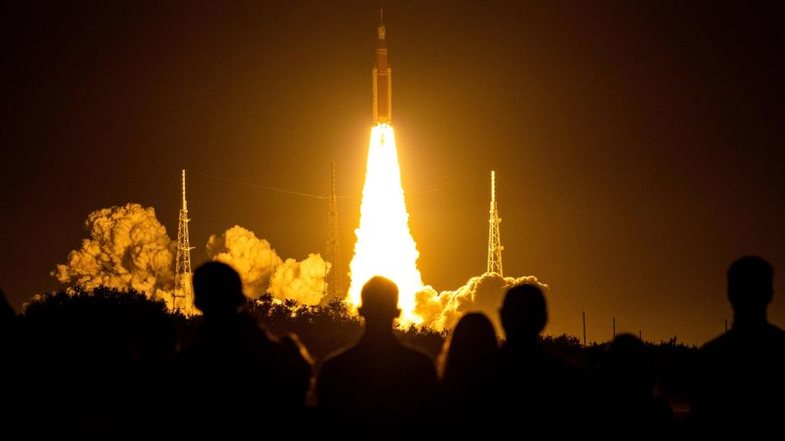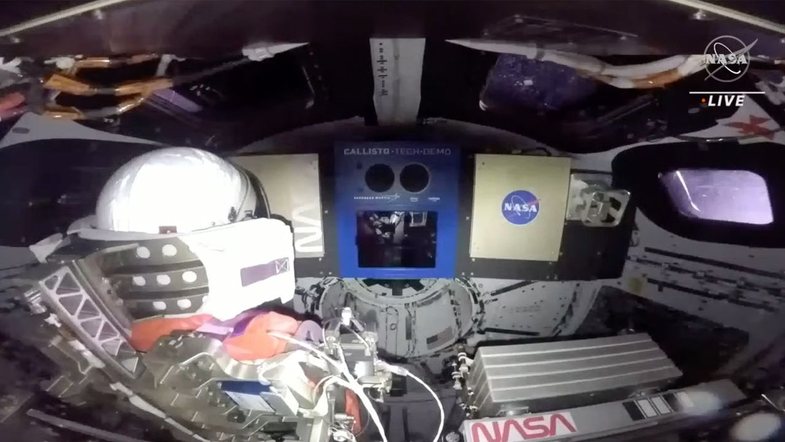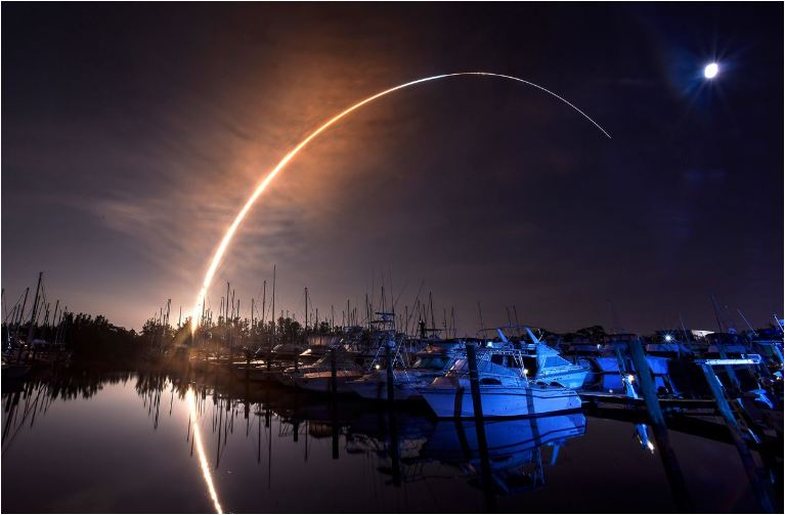
NASA's Artemis I mission is a historic event because, for the first time in half a century, NASA has resumed efforts to take astronauts to the Moon.

In the early hours of Wednesday morning, after months of waiting, the Orion spacecraft set off for the Moon. For the first time since the end of the Apollo mission in 1972, a spacecraft designed to carry humans to the Moon has captured images of Earth.
As @NASA_Orion begins the #Artemis I mission to the Moon, the spacecraft captured these stunning views of our home planet. pic.twitter.com/Pzk3PDt7sd
— NASA Artemis (@NASAArtemis) November 16, 2022
Orion is designed to carry people, but its passengers for this test mission are several mannequins that collect important data to help astronauts on future missions. This first mission will last 25 days.

Throughout the mission, NASA engineers will monitor the spacecraft's performance. The team will assess whether Orion performs as intended and will be ready for the next mission with astronauts, which is scheduled for 2024.

This mission is expected to pave the way for a series of other Artemis missions, through which NASA aims to establish a permanent "settlement" on the Moon. Artemis II will follow the same route as Artemis I, but will have astronauts on board. Artemis III, planned for later this decade, will land a woman and a black person on the moon for the first time.
When we go, we go together.
— NASA Artemis (@NASAArtemis) November 16, 2022
The #Artemis team wants to thank everyone who helped us along the way towards the first launch of the @NASA_SLS rocket and @NASA_Orion . pic.twitter.com/9dBSBzQ6wI







